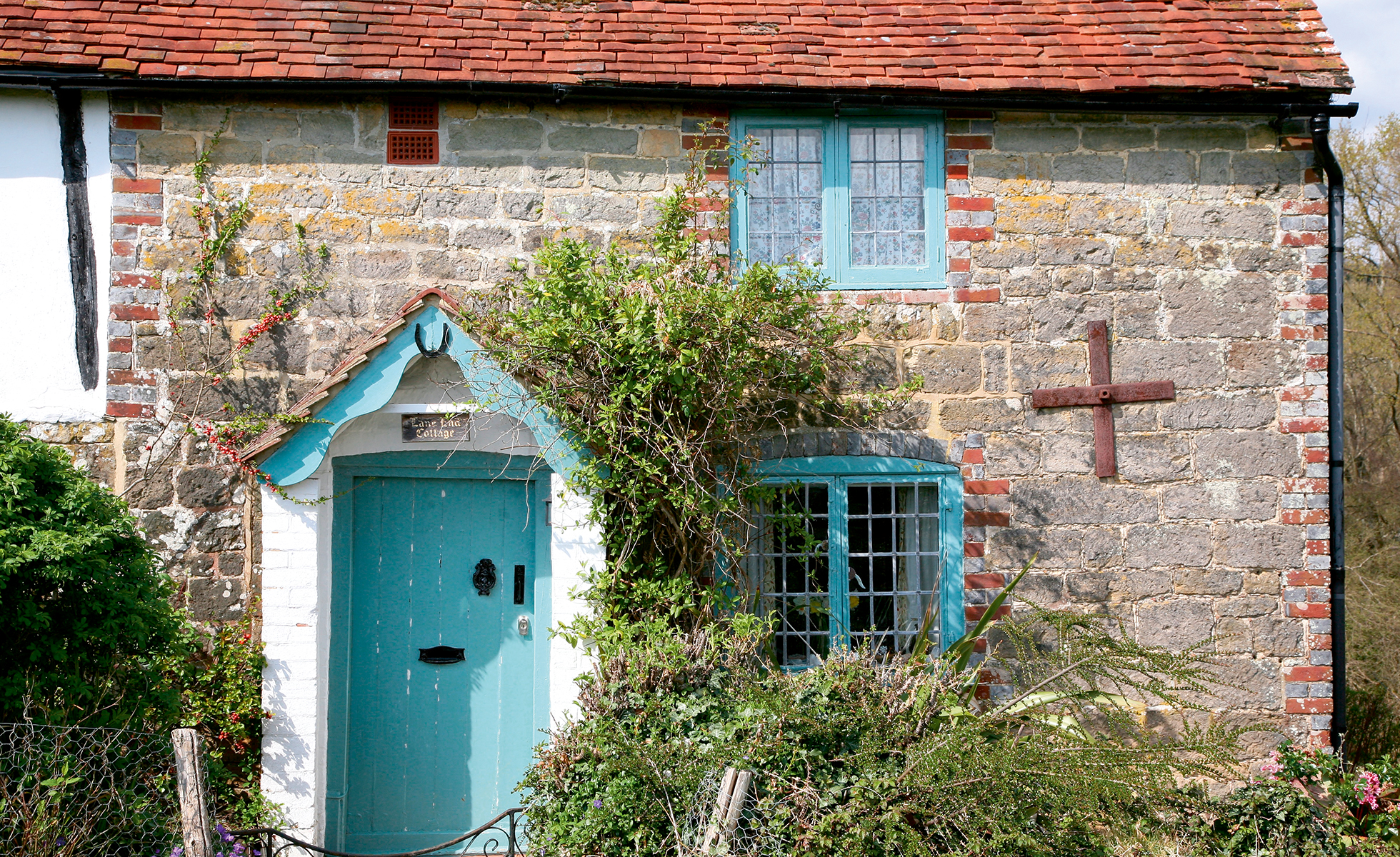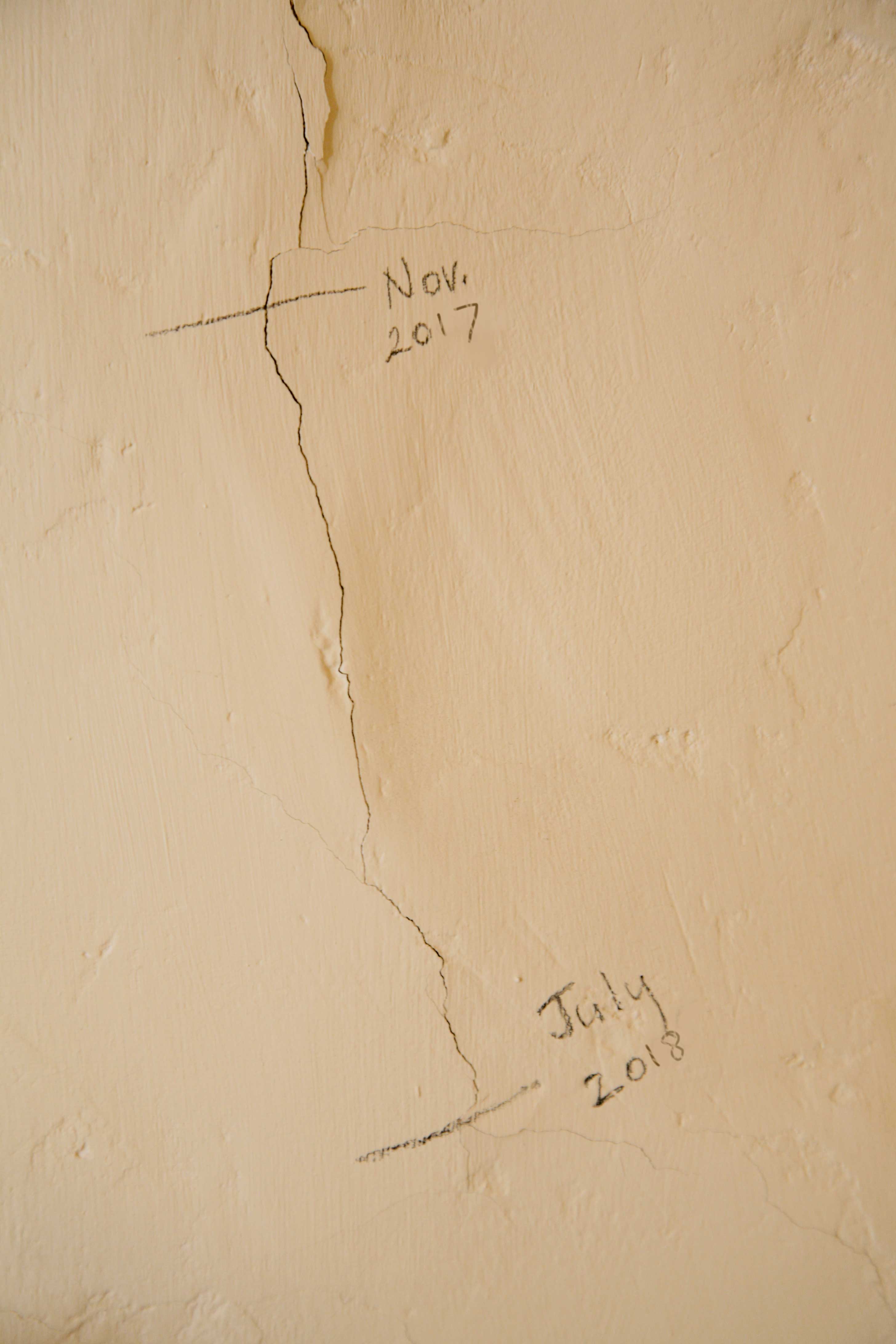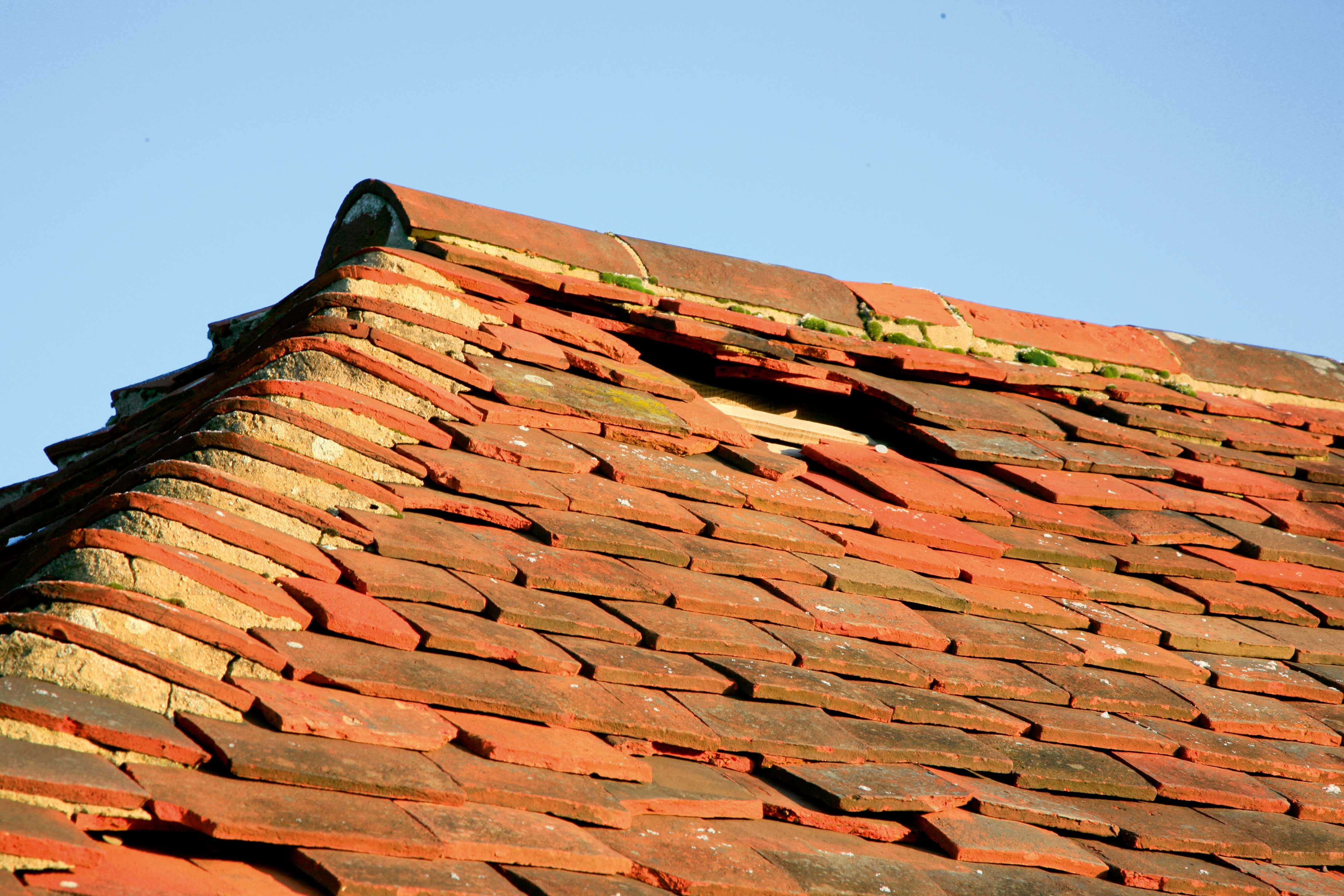How to deal with cracks in walls and structural problems in old houses
Cracks in walls, bulging, damp and movement are all signs of something sinister going on. Learn how to identify and repair these structural issues in period properties

Worried about cracks in the wall of your old house? Being able to spot the signs of structural problems is essential for the maintenance of any property, but especially a period home.
Overgrown trees and shrubs, cracked drains, leaking rainwater goods, missing roof tiles: these are just some of the things that may lead to structural problems. If left untreated, these will require costly repairs and maybe even cause more scary sounding structural issues such as subsidence and movement.
Prevention is very important so you must keep on top of exterior maintenance (use our guide to find out how), but when you think the damage may already be done, fear not – structural problems will nearly always have a remedy. Read on to find out how to spot the symptoms and deliver the cure.

Major cracks to exterior brickwork are a serious cause for concern. Consult professional help
Why might your house have structural problems?
Although a degree of movement is inevitable in an old house, cracks in the plasterwork or brickwork should not be ignored and neither should the maintenance issues that cause them. Even so, it is worth remembering that traditional buildings were built using lime and other materials, which allow for some shifting of the structure.
Other reasons for movement can be that a structural element has failed or poorly considered alterations have been undertaken. These may have weakened the structure due to inadequate support during the work or because they have imposed loading or stress where none was present before.
Old mine workings and springs should also be considered. If in any doubt, seek advice from a structural engineer specialising in buildings of the same age and type as yours.
Where serious problems are evident, it may be necessary to temporarily prop the building, but this should be done by experts.
Get small space home decor ideas, celeb inspiration, DIY tips and more, straight to your inbox!

Cracks where a bay window meets the wall suggest that the bay window isn’t tied correctly to the structure
How to spot structural problems
- Cracks and bulges appearing in walls both internally and externally. In new work cracks may occur due to shrinkage during drying; they are common after central heating has first been installed.
- Doors and windows that bind can indicate structural movement but the problem may be due to damp weather.
- Tapered cracks running diagonally from the corner of doors or windows. Movement tends to show here – as openings in walls are weak points.
- Cracked render or plaster around the top of a window might mean that the bearing end of a timber lintel is rotten.
- Cracks between a bay window and the building indicate that the bay window isn’t tied correctly to the structure.
- Sloping floors could point to subsidence or other structural problems.

Marking a wall crack with pencil will help you to monitor whether it worsens over time
Cracks and bulges in walls
Where structural issues are suspected and a hairline crack is evident, it is important to monitor the problem over time to establish its extent and to determine whether the movement is ‘live’.
More from Period Living

Period Living is the UK's best-selling period homes magazine. Get inspiration, ideas and advice straight to your door every month with a subscription.
Put a pencil mark at the point where the crack ends, date it and repeat the process on a regular basis if the crack continues to grow. Check whether the crack opens and closes with the seasons.
Take note that larger cracks of 5mm or more wide should always be investigated by an expert.
Before worrying, look for indications that may indicate it is benign. For example, it is reassuring to find cracks that have been repointed but have not opened up again, as this is an indication that movement has ceased.
In some cases, despite doors, windows or floors being at odd angles, they have settled into their new position. Providing there is no sign of fresh movement it is probably safe to assume the problem has stabilised.
On many buildings ‘spreader plates’ will be visible. These were usually fitted retrospectively to restrain a bulging wall. Although they have probably resolved the problem it is worth periodically checking that nothing is untoward.

On many old buildings ‘spreader plates’ will be visible. These were usually fitted retrospectively to restrain a bulging wall
Structural problems resulting from damp
Many structural problems result from rot. This will weaken rafters in the roof, lintels above doors and windows, floor joists or even the actual frame of a timber-framed building, so dealing with damp problems before they become serious is essential.
This means replacing missing tiles or slates, repairing and clearing gutters and downpipes and generally looking for areas where moisture may penetrate and cause damage to the structural elements of the building.
Iron corrosion is another cause of damage to walls caused by water. ‘Ashlar’ or smoothly cut stone cladding was sometimes fixed to the external face of a building with iron ‘cramps’ or ties. Where water penetrates the wall these will rust and expand causing structural problems.
Other iron fixings embedded in a building’s structure are equally vulnerable so should periodically be checked for signs of trouble.

Slipped or missing roof tiles allow moisture to penetrate and rot structural timbers
How shrubs and trees cause structural problems
Shrubs and trees are one of the most common causes of structural problems. Their roots may damage drains or suck moisture from the soil and, particularly in areas of clay, this can cause downward movement or subsidence of the ground supporting the building.
Pruning both their crown and roots is helpful as this reduces the amount of moisture taken from the soil.
Cutting down a tree is not necessarily a good idea as this may mean that the ground becomes waterlogged because water is no longer absorbed by the roots. This in turn results in expansion of the soil and an upward movement or heave which can be just as damaging to a building as subsidence.

Ivy and other climbing plants might add character to a house but, over time, they can destabilise walls
How climbing plants can destabilise walls
Climbing plants should be carefully monitored. Ivy in particular will destabilise walls as its roots find their way into cracks and crevices, especially where pointing is defective, and as the tendrils grow and expand they force the masonry apart.
Established plants should be cut off near the root and poisoned. Then, once the foliage has died back, it can carefully be removed.

Subsidence and structural movement can cause door and window frames to sag
How to fix your home's structural problems
Where structural problems are suspected you should inform your insurance company who will investigate further. Generally the homeowner has to pay the first £1,000 of any claim. Your insurance premium is likely to increase and it may be difficult to move to a new insurer in the future.
If subsidence or heave is suspected, trial trenches will probably be dug and root and soil testing undertaken. Nearby drains and pipes will also be investigated to ensure they are not leaking or blocked.
Dealing with damaged drains or invasive trees or shrubs is often the solution but underpinning might be recommended. This is an expensive and disruptive process and, unless the whole building is underpinned, there is the danger that it will impose rigidity on a localised area.
Potentially, this could cause differential movement between the now solid section of the building and other more flexible parts to which it is attached, thus resulting in further problems.
When structural damage has occurred always try to retain the integrity of the structure through careful repairs rather than rebuilding. If walls have cracked and repairs are necessary, traditional lime mortars, renders and plasters should be used as these allow breathability and a degree of movement.